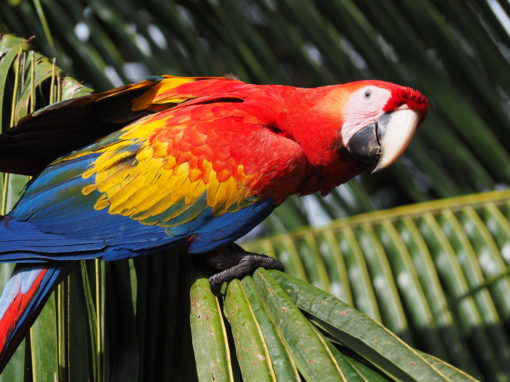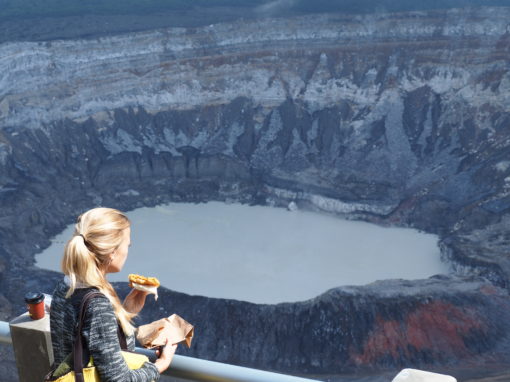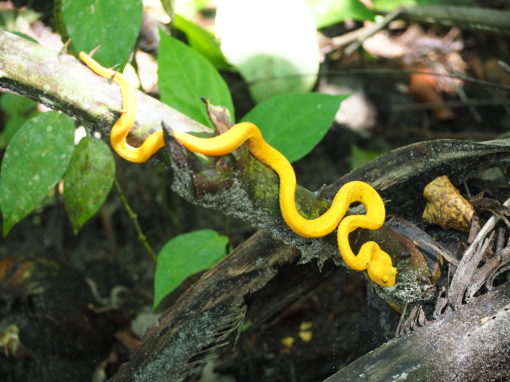WHAT: A visit to (the crater of the) Irazú volcano WHERE: Costa Rica, 31 km from Cartago, or 55 km from capital San José HOW LONG: Go early in the morning! You need somewhat 2/3 hours for your visit HOW MUCH: Admission is $ 15 non-residents visitors over 13 years old, or ¢ 1000 13+ national and resident visitors
Not seeing a volcano in Costa Rica is like missing the Eiffel tower in Paris; it’s skipping a fundamental part of the bucket list. Luckily, it’s easy to get your shot of conic beauty in this part of the Pacific Ring of Fire.
With its 3,432m above sea level, the Irazú volcano is Costa Rica’s tallest one.
Because it’s situated just outside Cartago, this giant is a very well known fellow and an easy ride away too. The roads that lead almost all the way up to the crater rim are in good condition and signs mark the route clearly. A drive through the hills provides you as well with ample opportunities to see the Central Valley below.
The name Irazú probably stems from either the combination of “ara” (point) and “tzu” (thunder) or from “ofIztarú”, which was the name of an indigenous village near the volcano. Whatever the descent, in Costa Rica the volcano is currently also known as “El Coloso” (The Colossus), referring to its majesty and its history of eruption.
Though you’d think Irazú volcano is a sleeping beauty, its actually still active, but only very little. The latest big breakout lasted only one day, and occurred on December 8, 1994. The eruptions in 1963 even made international headlines, due to their perfect timing; just a couple of days before former US President John F. Kennedy made a visit to Costa Rica.
In the aftermath of the explosions, the enriched soil became root for a lot of plants and some wildlife too (though not all easy to spot, apart from the coatis). The volcano has several craters, two of which are the principal attractions. While gazing at them, there’s just some special feeling about standing on the crater rim and knowing that the depths below you have erupted tons of ashes and lava and both took and brought life.
If you’re up for conquering the Irazú yourself, get there early in order to avoid the crowds. Oh and don’t forget to bring warm clothes (or blankets if you forgot your jacket while packing your bags), as it can be unexpectedly chilly up high. As with any volcano, clouds are shy in their appearance in the early morning. Thus on very rare occasions, you’re even able to see both the Pacific Ocean and the Caribbean Sea. More chance you have though to see the eruptions of the currently hyperactive, neigbouring Turrialba. Spectacular too.
Here’s where to conquer that volcano:










